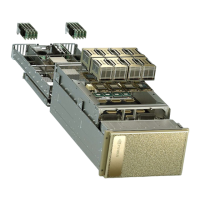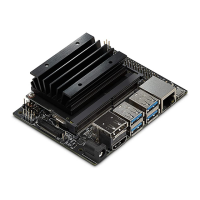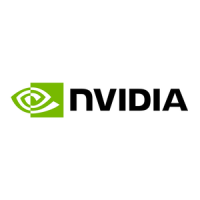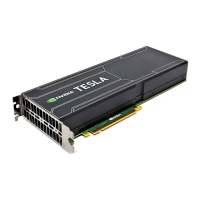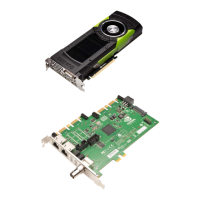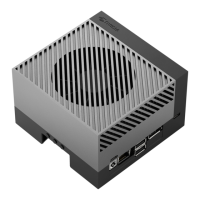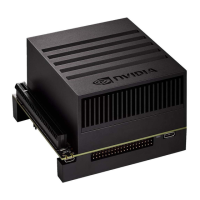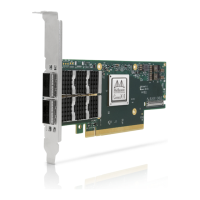NVIDIA DGX H100 User Guide
▶ Use the rst boot wizard to set the language, locale, country, and so on.
▶ Create an administrative user account for the system, BMC, and Grub boot loader.
▶ Congure the primary network interface.
3.2. Post Setup Tasks
This section explains recommended tasks to perform after the initial system rst-boot setup.
Note: RAID 1 rebuild can temporarily aect system performance.
When the system is booted after restoring the image and running the rst-boot setup, software RAID
begins the process of rebuilding the RAID 1 array, which creates a mirror of (or resynchronizing) the
drive containing the software. System performance can be aected during the RAID 1 rebuild process.
The process can take an hour to complete.
During this time, running the nvsm show health command reports a warning that the RAID volume
is re-syncing.
You can monitor status of the RAID 1 rebuild process by running the sudo nvsm show volumes com-
mand, and then view the output under ∕systems∕localhost∕storage∕volumes∕md0∕rebuild.
3.2.1. Obtaining Software Updates
To ensure that you are running the latest version of DGX OS, you might need to update the software.
Updating the software ensures that your DGX H100 system contains important updates, including
security updates. The Ubuntu Security Notice site, https://usn.ubuntu.com/, lists known common vul-
nerabilities and exposures (CVEs), including those that can be resolved by updating the DGX OS soft-
ware.
Refer to Upgrading in the NVIDIA DGX OS 6 User Guide for information about updating the operating
system.
3.2.2. Enabling the SRP Daemon
The NVIDIA networking drivers provide the SRP daemon software. The daemon is disabled by default.
Enabling the daemon is required if you want to use RDMA over Inniband. You can enable the daemon
by running the following commands:
sudo systemctl enable srp_daemon.service
sudo systemctl enable srptools.service
3.2. Post Setup Tasks 25
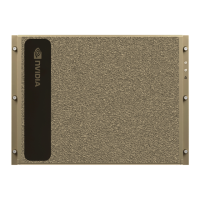
